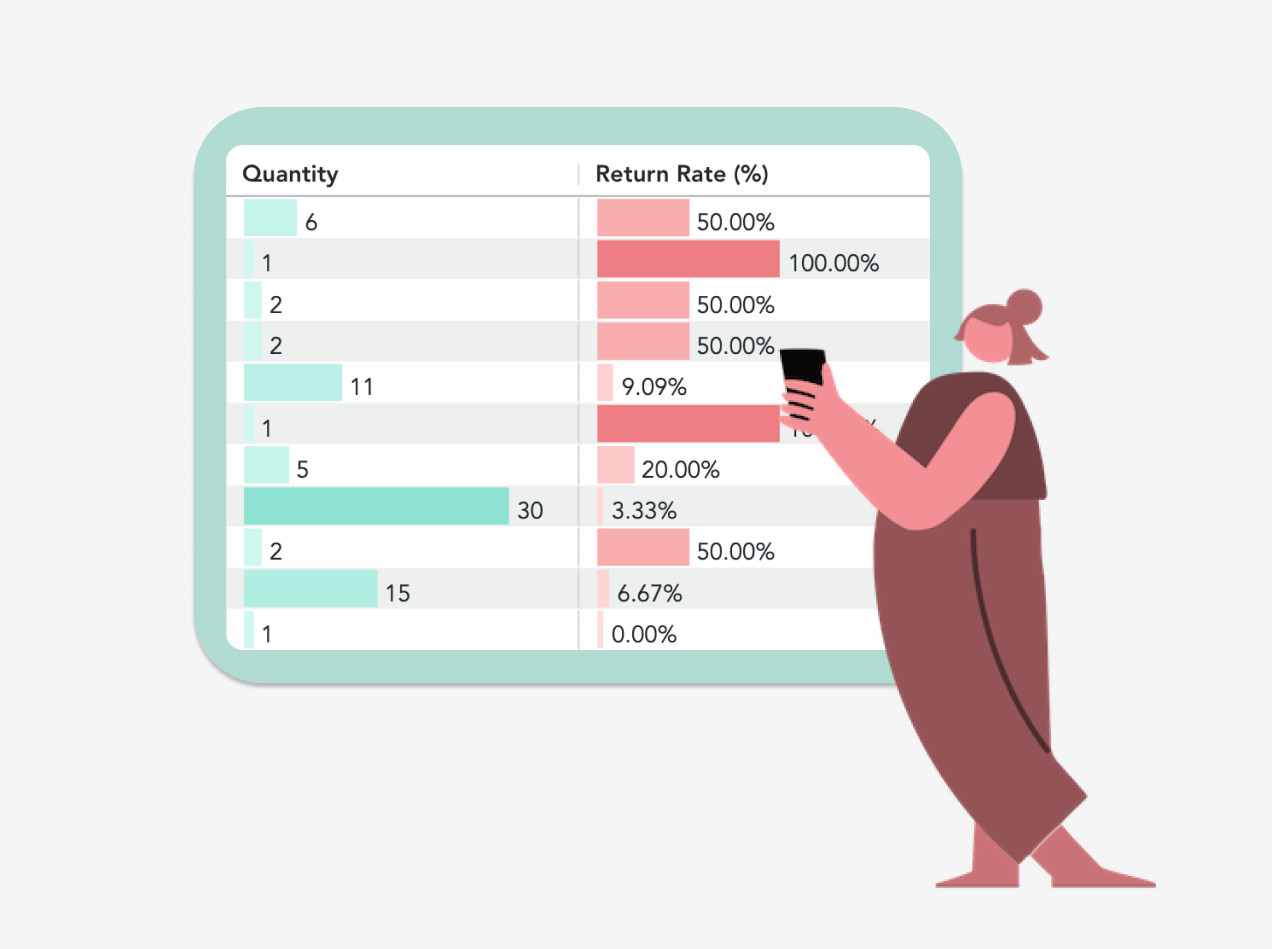Many companies are wondering how to reduce returns. Handling returns increases the costs of the product's life cycle as it takes a lot of extra resources such as time from the employees, money for shipping, and handling the products. Not to mention the environmental effects of returns that can be decreased.
What can we do to reduce returns?
To reduce returns, firstly the online store needs to offer enough information for customers to make the right purchase decision. This can be tricky since the customers shopping online cannot try on or feel the product's materials before making the purchase. That is why it is important to clearly describe the return policy and the product’s main features such as the materials, care instructions, and technical features in the product description.
Another fundamental aspect is to have informative images from different angles and circumstances. For example, if the product is a shirt, then an excellent way to promote the product is to have multiple images; close-ups, and styled fits on different size models of each color. Also, it is good to have a video about the product because it is easier for customers to comprehend what the product would look and feel on themselves. With these visuals a customer will get a better understanding of the product and is less likely to return it once they buy it.
Offering a good size chart on the product card can reduce the number of returns. Since the sizing between different brands vary, it can be hard to find the right size. For example, if the customer is not sure which size of the shirt would fit them better they can order the piece in two different sizes, which means that most likely at least the other shirt will be returned. With an informative size chart, customers can see the measurements and find the perfect size.
How Ellis helps you minimize returns
These may seem quite obvious but when you have hundreds or thousands of products it is challenging to find out which returns matter the most and the reasons behind each return. With Ellis, you can analyze the returns and see what products and product categories are the most returned, what location they are coming from, what is the refunded price, and on average how many days are between an order and return. All these KPI’s can be filtered by date and store (if you have multiple). With that information, it is possible to analyze the returns closer and dig deeper into the data. It’s good to remember that there are no two eCommerce stores exactly the same so it is important to look at your data and not to compare it to others too much, but more to what it has been in the past and where you are reaching.


For example, we can see that the product “shirt - red” is now at the top of our returns by product name -list with 100 returned items of the total quantity of 500 which means 20% return rate. Now when we go and see the product card, we can see that the shirt in fact is more deep red shade than it appears in the pictures. With that in mind we can add a note to the product card that that the shade is more orange or change the images and description entirely. In this example, the solution was relatively easy since there was only one thing that is easily fixed but most likely the returns needs to be looked at more closely. In many cases, the most returned product differs from the most returned product category and also which product has the highest return rate or refunded price. Analyzing these KPI’s of returns it is possible to find and fix the reasons behind the returns of your D2C brand and minimize the number of returns.

3 ways to reduce returns in eCommerce
1. Provide enough information in the product description
Text, images, video → highlight the features and have a clear return policy
2. Size chart and different sizes displayed on models or in relevant background
Help the customer choose the right size to minimize the risk of them ordering the wrong size and having to return.
3. Trust the data, find & fix the problems, and make beneficial decisions!
We are happy to dig deep into your data and help you discovering the insights of your returns.
Want to see how Ellis helps you to reduce product returns? Request a demo of Ellis, and we will show you how.
Learn more on the Commerce insights Podcast

